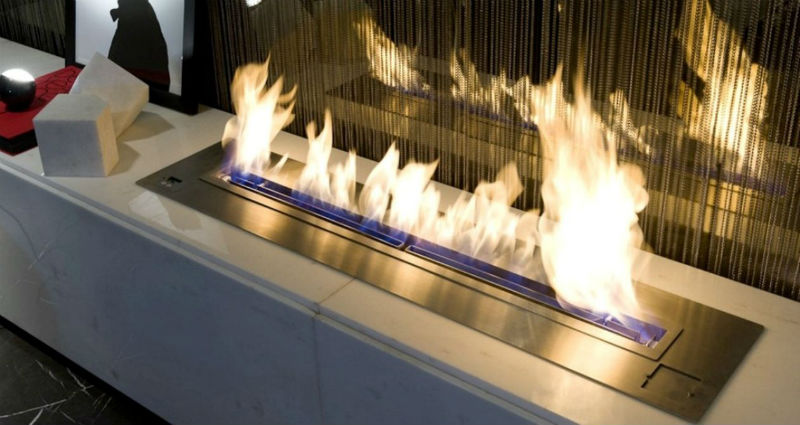A heat pump is a mechanical system that works to both heat and cool a controlled place. It forms part of a central heating and cooling system. Despite their name, they do a lot more than just heating. They also provide humidity control and air conditioning. They can be great additions to already existing features or can be used as stand-alone appliances. They use less energy and are therefore a very cost-efficient method.
How Does a Heat Pump Work?
This equipment works by transferring heat through a refrigerant from one place to another. During the summer, heat is captured from inside the home and transferred to the outside air through a condensing unit. The reverse happens during the winter where heat is captured from the outdoor air, compressed and then released inside the home.
Types of Heat Pumps
Air-to-air heat pump
This is the most common type of heat pump and is also known as an air-source heat pump (ASHP). They work best in moderate climates but due to technological advancements, they have become a viable option for colder climates too. They are mostly mounted on the interior of walls. They consist of two parts; an outdoor unit which is the heat pump and an indoor unit which is the air handler.
Mini-split systems
Mini-splits like the name suggests has some part of the system outside and another part inside making them very suitable for retrofit installations. This is a ductless version of ASHP specially designed for single room additions or home without ducts. A 3-inch hole has to be drilled between the outside and the inside for the wiring and tubing. These help in refrigeration and condensation.
Geothermal
They often go by the name ground or water source. Here, heat is moved through pipes buried outdoors either horizontally or vertically. A water solution runs through the pipes which is warmed by the ground temperatures or water sources around your home and circulated in and out of your home. They also provide humidity control. Although installation is costly, they are a good option as they are quiet, long-lasting and extremely effective in harsh climates. They have low operating costs too due to the minimal maintenance required.
Common Features of Heat Pumps
- Noise can be a nuisance with fans and compressors in ASHP. Select one with a sound rating of 7.6 bels or lower and position it on an absorbing base.
- Demand-defrost control is a feature that enables your heat pump to get rid of frost accumulation for complete effectiveness and cost efficiency of your pump.
- Zoned heating and cooling
- Two-speed compressors allow the heat pump to save on a considerable amount of energy and reduce compressor wear. They work by operating as close to the heating and cooling capacity at any time.
- Dual-speed motors or variable speed motors keep the air moving at a good speed. This minimizes the noise and saves on electrical energy.
- Scroll compressors as compared to piston compressors as they provide warmer air while in the heating mode and have a longer lifespan.
- Desuperheaters are popular in geothermal heating and cooling systems. They use heat from recovered waste to heat water.
Factors to Consider Before You Buy
Climate
Heat pumps work efficiently in moderate climates without wide temperature changes. You will need an auxiliary heating system if you live in colder climates below 10 degrees F.
Size
A heating and cooling professional is better suited to recommend a suitable heat pump depending on different considerations of your home. The heat pumps should neither be too big or too small.
Energy efficiency
Seasonal Efficiency Energy Ratio (SEER) is used to measure the cooling efficiency of ductless-split and air source systems. The minimum standard is 13-14 SEER depending on your location. The heating system is measured by a Heating Seasonal Performance Factor (HSPF) and the minimum HSPF rating is 7.7. A higher SEER is important in warm climates but a higher HPSF is suitable for cold climates.
A geothermal cooling system is rated by Energy Efficiency Ratio (EER) while its heating system is rated by a Coefficient of Performance (COP). The EER minimums are 2.1 while the COP is 3.1 to 4.1
Tax credits
Some states and utility companies offer a certain percentage of federal tax credit and rebates. More information on this can be found on the Department of Energy and Internal Revenue Service websites.
Although they cost slightly more than air conditioners, they are absolutely worth it. No combustion takes place which eliminates the possibility of pollutants. Also, they have proven to be more effective than electric resistance heating.